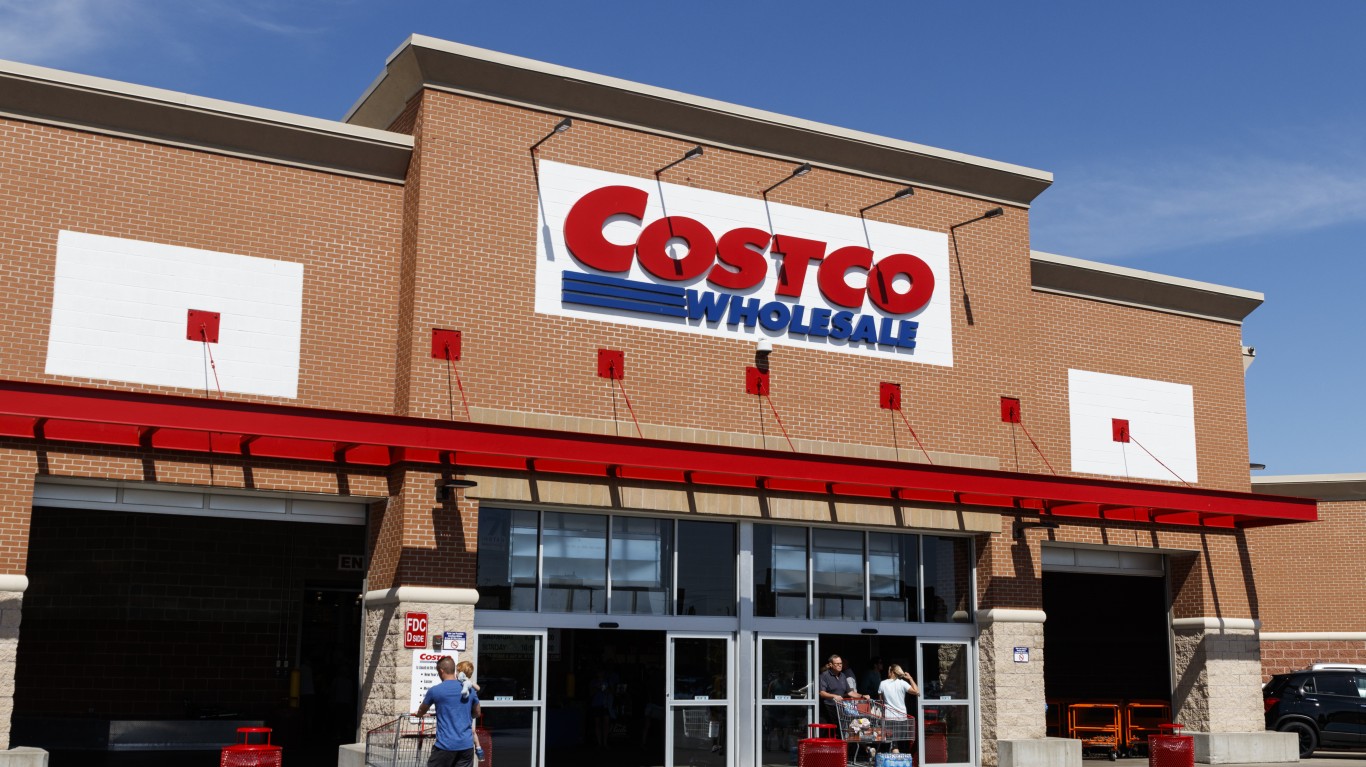
Here’s the money question: “If Amazon launched a free online bank account that offered 2% cash back on all Amazon.com purchases, would you sign up to try it?” You might think that the answer depends on how much a consumer trusts Amazon.com Inc. (NASDAQ: AMZN) based on personal experience with the company. Not so fast.
In a recent survey by consulting firm Bain & Co. and research firm Research Now, more than a third of respondents who said they are not Amazon customers (37%) said they would try it. Among Amazon Prime customers, 65% were willing to sign up and for non-Prime customers, 43% were onboard.
From the numbers, it’s pretty clear that Prime members who receive free two-day shipping and a slew of other perks for the $119 annual membership fee believe they are getting their money’s worth and are willing to tie themselves even more tightly to the e-commerce behemoth.
Prime members are a natural target for Amazon. According to Bain, Amazon customers control about 75% of U.S. household wealth and Prime members control about 45% of the wealth. A free checking account to that crowd opens the door to a lot of other services that Amazon could get paid for.
Consumer banks had better be paying attention. According to the Bain survey, Amazon “can count on significant demand for basic banking services.” Here’s more:
For banks, the level of customer loyalty will likely serve as a leading indicator of defection. The more displeased consumers are with their bank, the more willing they are to consider Amazon.
The bank generating the highest loyalty score (Bain calls it the Net Promoter Score) is USAA, a bank that primarily serves the military community. With a score of 79, USAA puts Amazon’s score of 47 in the shade. But regional banks score just 31 and national banks a measly 18 on the loyalty measure.
Amazon’s focus on customer service is expected to translate well into banking, according to Bain:
For retail banks, the key lesson is that their main competition consists not of traditional banks, but rather the large technology firms such as Amazon that have upended entire industries. Tech firms have already reset customer expectations for what a good experience feels like, and Amazon’s expected entry into core banking heightens the urgency of accelerating work to improve the customer experience, largely by making it simpler and more digital.
Amazon’s Chinese counterpart, Alibaba, took just four years to build its Ant Financial subsidiary into a consumer lending business with $95 billion in outstanding loans. Amazon’s path has been charted and retail banks need to up their game or risk being marginalized at best or, at worst, taken out of play altogether.
Thank you for reading! Have some feedback for us?
Contact the 24/7 Wall St. editorial team.
 24/7 Wall St.
24/7 Wall St.


